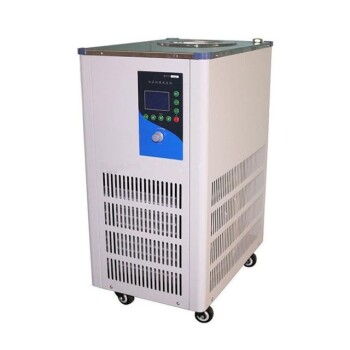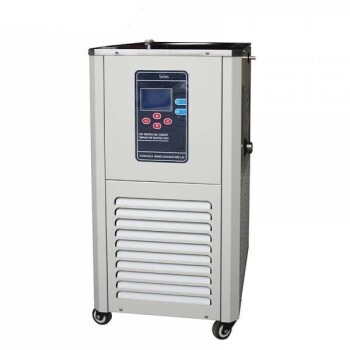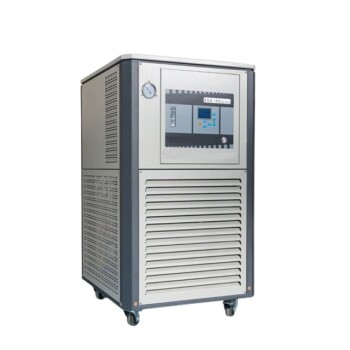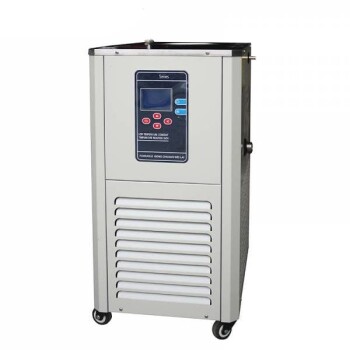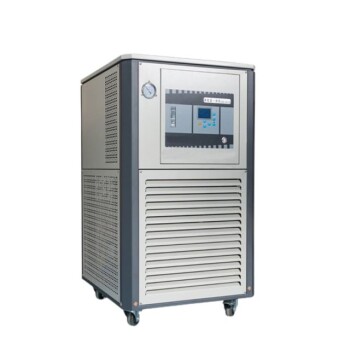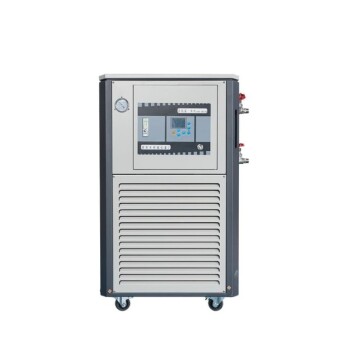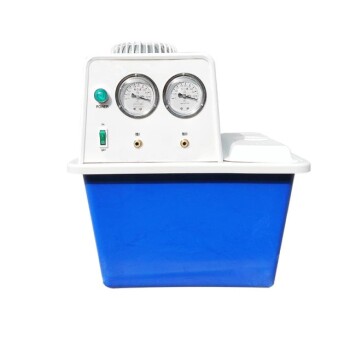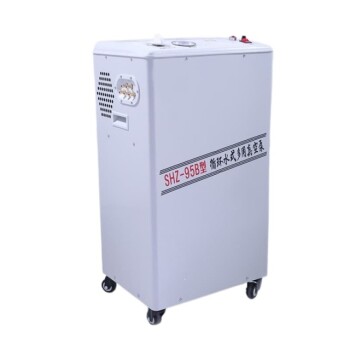Cold Trap Temperature and Its Role in Freeze Drying
Purpose and Function of the Cold Trap
The cold trap serves a critical role in the freeze-drying process by capturing water vapor and other volatile substances, thereby safeguarding the vacuum system and ensuring operational efficiency. This device is specifically designed to condense vapors, excluding permanent gases, into either solid or liquid form. Although it has limited liquid storage capacity, the cold trap complements the regular action of condensers, preventing vapors from entering and condensing within the vacuum pump. This protection is essential to avoid contamination and potential flooding of the pump.
Moreover, the cold trap plays a vital role in preventing product contamination. In systems where pumps use oil as a working fluid or lubricant, there is a risk of oil vapors backstreaming into the chamber and contaminating the sample. The cold trap significantly mitigates this risk by capturing these oil vapors. For large liquid samples, larger cold traps, such as those manufactured by KINTEK, are particularly effective.
Operationally, as the vacuum pump removes gas from the chamber, the cold trap condenses or sublimates gases like water or solvent vapors. This action prevents these vapors from contaminating the vacuum pump and the airstream, which could otherwise lead to malfunctions. Cold traps are commonly employed in applications involving rotating discs or vacuum systems, where they also collect oil vapors from the pump to prevent them from entering the chamber. In some cases, cold traps are used to purposefully condense materials with the aid of temperature monitoring equipment. While they are most frequently implemented to condense gases, cold traps can also address other types of contamination, including solids.
Theoretical Benefits of Lower Cold Trap Temperatures
Lowering the temperature of the cold trap in the freeze-drying process can yield several theoretical advantages. One of the primary benefits is the ability to capture thicker layers of ice. This occurs because the reduced temperature enhances the condensation of water vapor, leading to the formation of denser ice deposits within the cold trap.
Moreover, a lower cold trap temperature can significantly increase the pressure gradient within the system. This heightened pressure differential can accelerate the sublimation process, where ice directly transitions from a solid to a gaseous state without passing through the liquid phase. The larger pressure gradient facilitates a more efficient removal of water vapor from the product being freeze-dried, thereby improving the overall process efficiency.
In summary, while the practical implementation of lower cold trap temperatures must consider various constraints, the theoretical benefits include capturing thicker ice and enhancing the sublimation process through a larger pressure gradient.
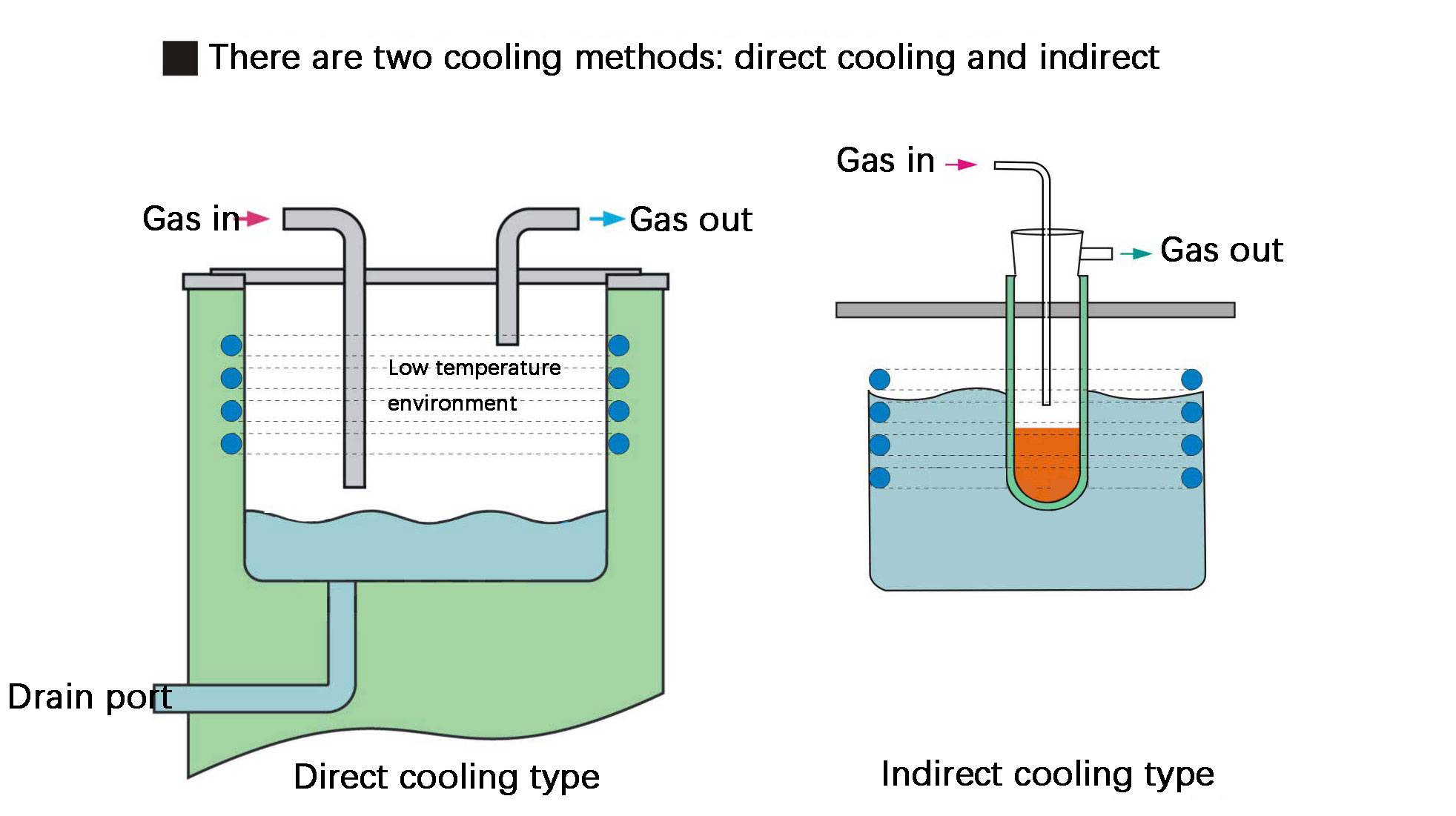
Practical Constraints and Limitations
Flow Rate and Passage Diameter Constraints
The flow rate of water vapor within the freeze-drying process is not solely determined by the cold trap temperature but is also significantly influenced by the diameter of the passage through which the vapor travels. This passage diameter acts as a physical constraint, limiting the maximum flow rate that can be achieved. Additionally, the speed of sound in the medium further restricts the movement of water vapor, creating a cap on the potential benefits that could be derived from operating at lower temperatures.
To illustrate, consider a scenario where the passage diameter is narrow. Even if the cold trap temperature is optimized to capture water vapor efficiently, the narrow diameter will impede the flow, reducing the overall efficiency of the freeze-drying process. Similarly, the speed of sound, which varies with temperature, can either facilitate or hinder the movement of vapor, depending on the conditions.
| Factor | Impact on Flow Rate |
|---|---|
| Passage Diameter | Narrow diameter limits the maximum flow rate, regardless of temperature. |
| Speed of Sound | Varies with temperature, either facilitating or hindering vapor movement. |
| Cold Trap Temperature | While lower temperatures can enhance vapor capture, they are constrained by physical limits. |
In summary, while lower cold trap temperatures can theoretically improve the freeze-drying process by capturing more water vapor, these benefits are moderated by the physical constraints imposed by the passage diameter and the speed of sound. Balancing these factors is crucial for optimizing the performance of freeze-drying equipment.
Ice Distribution and Cold Trap Temperature
Lower temperatures in cold traps can indeed enhance the trapping efficiency by capturing thicker ice layers and creating a larger pressure gradient, which theoretically boosts the sublimation process. However, this theoretical advantage is not without practical challenges. For instance, if the cold trap temperature is set too low, it can result in uneven ice distribution within the trap. This unevenness can be particularly pronounced in samples containing a mixture of solutions, where the temperature should ideally be matched to the component with the lowest freezing point to ensure optimal trapping.
| Cold Trap Temperature | Ice Distribution | Efficiency Impact |
|---|---|---|
| -50°C | Even | Moderate |
| -105°C | Uneven | Reduced |
The uneven ice distribution at lower temperatures can lead to several operational inefficiencies. Firstly, it may cause localized blockages, impeding the smooth flow of water vapor through the trap. Secondly, it can reduce the overall trapping efficiency, allowing some vapors to bypass the trap and enter the vacuum system or the environment. This not only compromises the purity of the freeze-drying process but also places unnecessary strain on the vacuum pump.
To mitigate these issues, it is crucial to find a balance in cold trap temperature settings. This balance ensures that the trap can effectively capture water vapor without leading to uneven ice formation. Each piece of freeze-drying equipment has its own optimal temperature range for the cold trap, which should be carefully calibrated based on the specific characteristics of the sample being processed. By doing so, one can maximize the efficiency of the freeze-drying process while safeguarding the performance and longevity of the equipment.

Balancing Cold Trap Temperature for Optimal Performance
Finding the Performance Balance Point
Each piece of freeze-drying equipment possesses a unique optimal cold trap temperature, a critical parameter that harmonizes efficiency with equipment performance. This ideal temperature is not a one-size-fits-all solution but is tailored to the specific characteristics and operational limits of the equipment. By identifying and maintaining this balance point, operators can avoid the pitfalls of either too high or too low temperatures, which can lead to suboptimal performance and reduced efficiency.
For instance, excessively low temperatures might enhance the capture of water vapor, but they can also cause uneven ice distribution within the cold trap, leading to inefficiencies in the freeze-drying process. Conversely, temperatures that are too high may fail to adequately trap water vapor, compromising the vacuum system and overall efficiency. Therefore, the optimal temperature represents a delicate equilibrium, where the benefits of efficient vapor capture are maximized without incurring the drawbacks of extreme conditions.
This balance is crucial for ensuring that the freeze-drying process runs smoothly and efficiently, ultimately contributing to the quality and consistency of the final product. By fine-tuning the cold trap temperature to this optimal point, manufacturers can achieve a more controlled and reliable freeze-drying process, enhancing both the performance of the equipment and the efficiency of the operation.
Related Products
- Vacuum Cold Trap Direct Cold Trap Chiller
- Vacuum Cold Trap Chiller Indirect Cold Trap Chiller
- 100L Chilling Circulator Cooling Water Circulator for Low Temperature Constant Temperature Reaction Bath Water Bath Cooling
- 5L Chilling Circulator Cooling Water Bath Circulator for Low Temperature Constant Temperature Reaction Bath
- 30L Heating Chilling Circulator Cooling Water Bath Circulator for High and Low Temperature Constant Temperature Reaction



